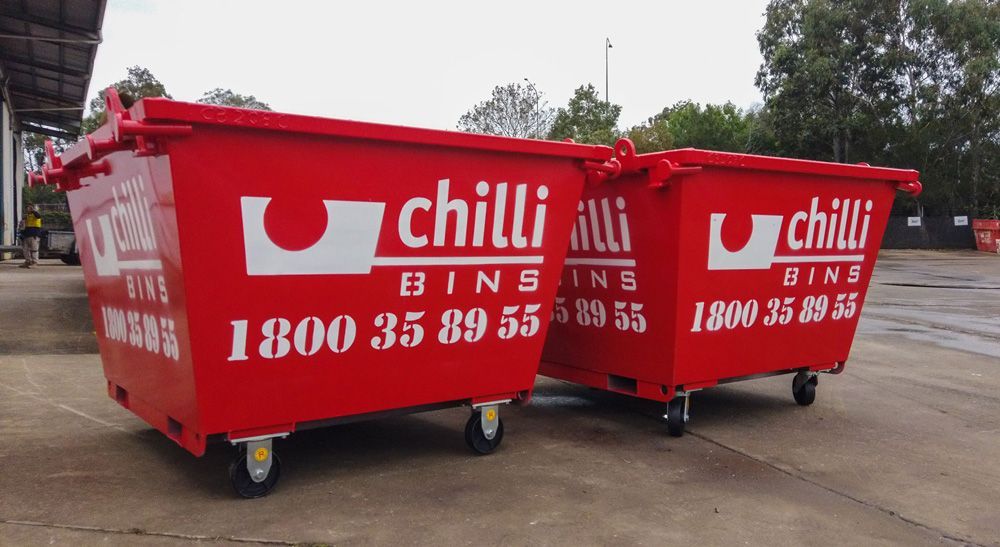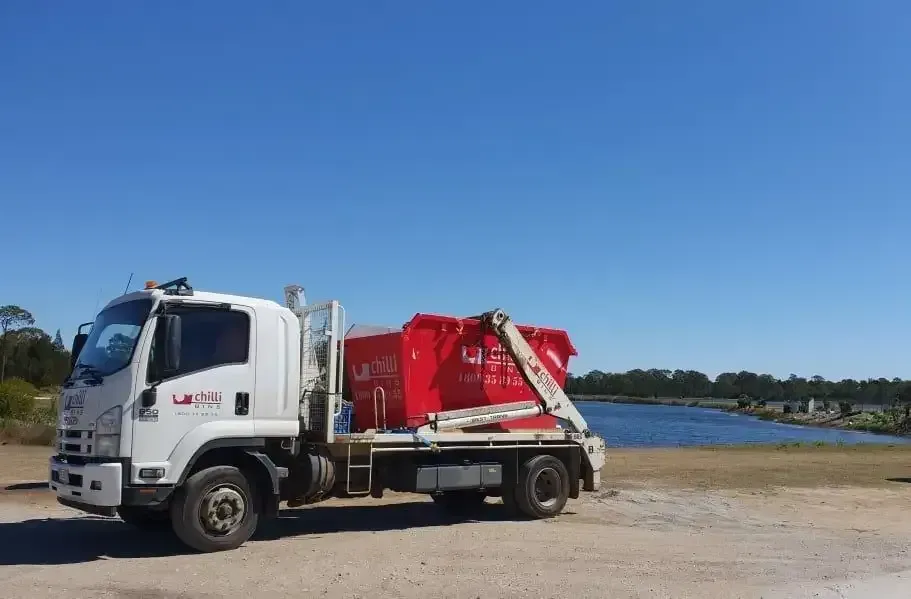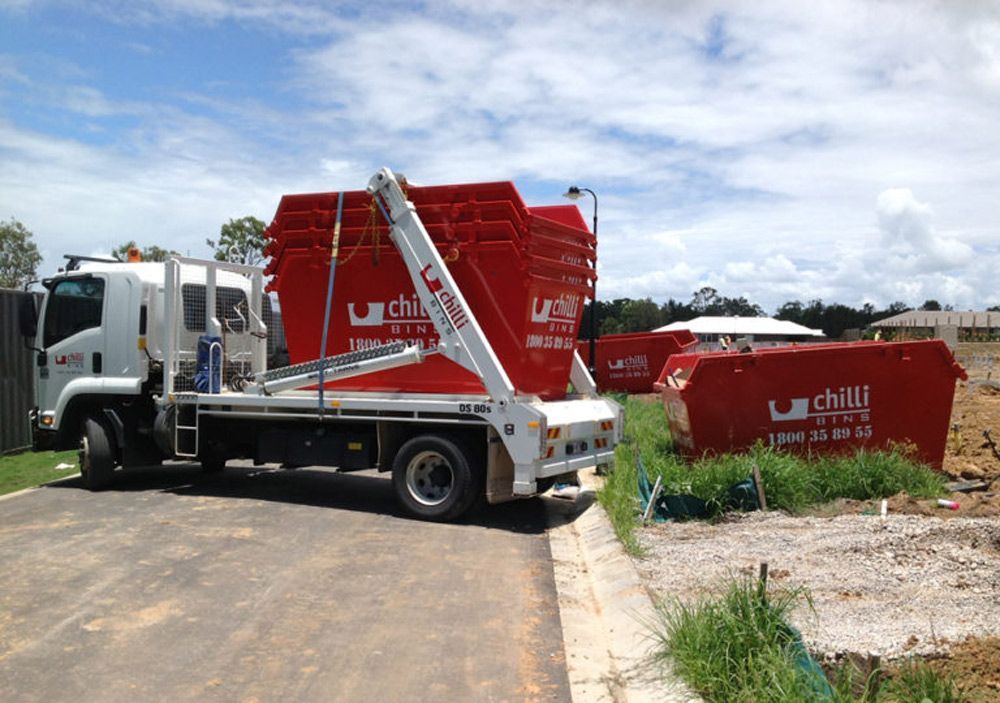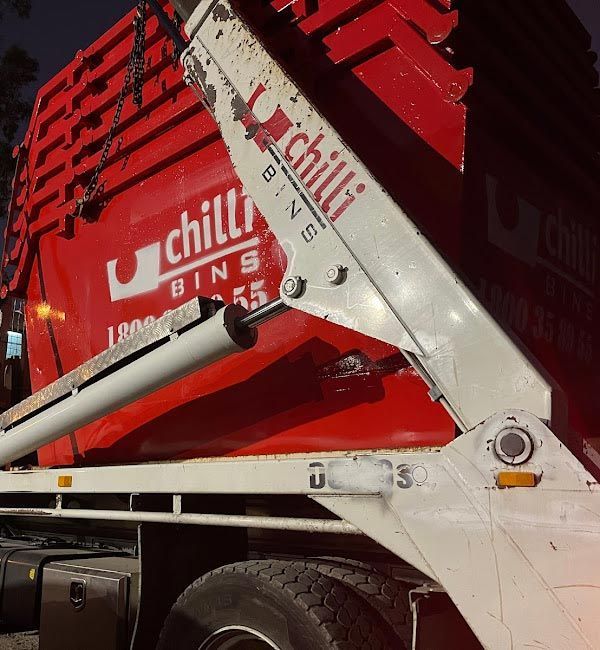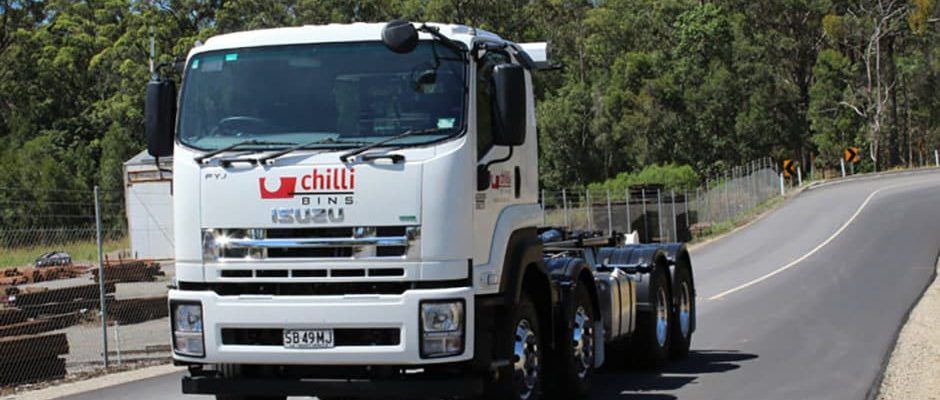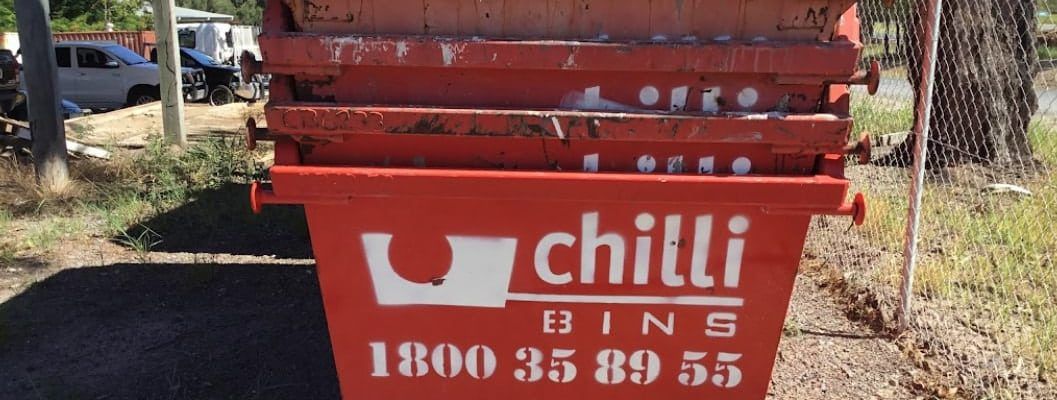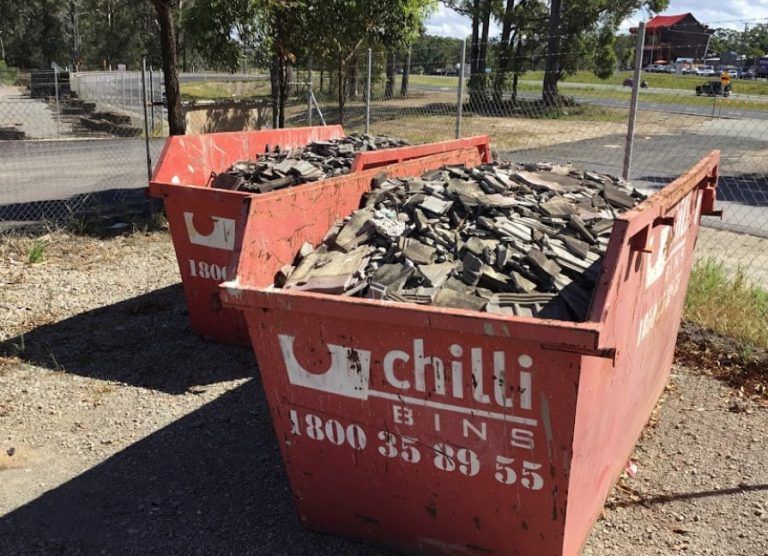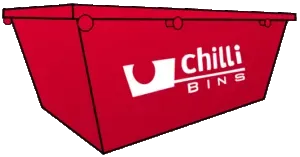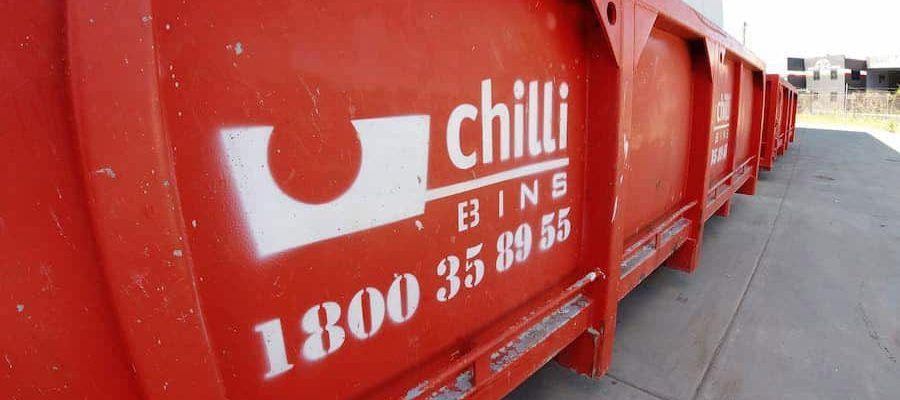Skip Bin Safety Tips: Guidelines For Proper Loading And Usage
Skip bins are an indispensable tool for managing waste, particularly for large projects or significant clear-outs. They offer convenience, efficiency and help maintain a cleaner environment. Yet, as with any tool, there are safety and usage guidelines that need to be observed. In this post, we’ll delve into essential safety tips that ensure skip bins are used correctly and safely.
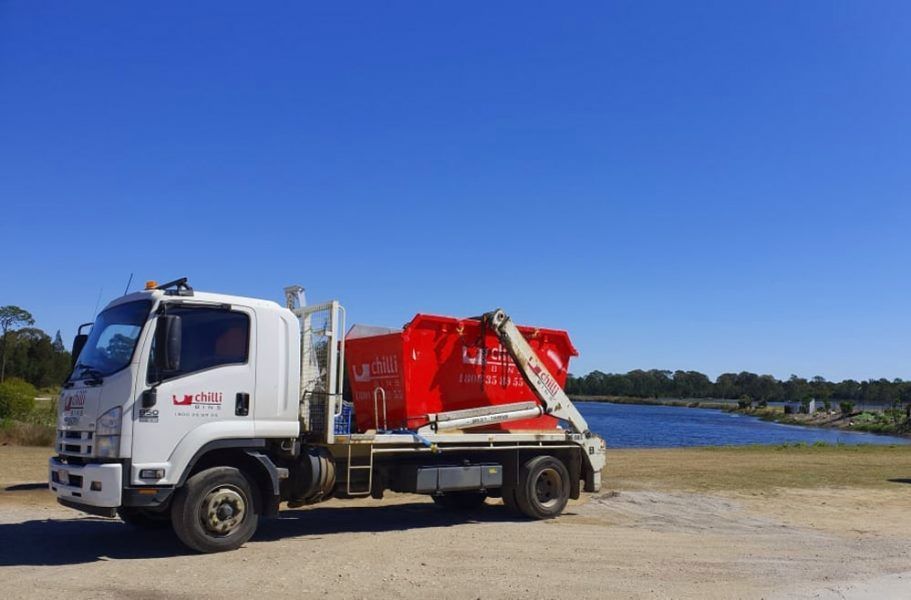
Recognising Skip Bin Load Limits
Understanding the load limits of skip bins is crucial not only for the longevity of the bin itself but also for ensuring safety.
- Designated Weight Limits: Standard skip bins come with a specified weight limit, primarily determined by their size and build. These limits ensure the bin’s structural integrity isn’t compromised.
- Volume Restrictions: Apart from weight, there’s a limit to the volume of waste that should be loaded. Overloading can lead to spillover, potentially causing hazards for passersby and vehicles.
- Reason for Restrictions: Adhering to these limits ensures the safety of everyone around the skip bin. It also prevents potential damage to the environment and reduces the risk of waste spilling out during transportation.
Hazardous Waste
Hazardous waste requires particular attention due to its potential harm to humans and the environment.
- Classified Materials: Some common hazardous items include paint, solvents, chemicals, asbestos and batteries. But this list is not exhaustive. Items like gas bottles, oils and tires are also typically not allowed in standard skip bins.
- Potential Harm: Hazardous materials can leak, react with other substances, produce harmful gases or contaminate groundwater. Their inappropriate disposal can have long-term environmental impacts.
Techniques For Balanced Weight Distribution
A well-balanced skip bin is safer and more efficient.
- Base Loading: Start with flat and heavy items. This provides a stable foundation.
- Diverse Materials: Rotate between different types of waste. For example, alternate between organic waste and construction debris.
- Avoid Overloading One Side: Regularly check the bin from different angles to ensure it’s not leaning to one side.
- Top Loading: Lighter, bulky items should be placed on top. They fill out the remaining space without adding excessive weight.
Proper Skip Bin Placement For Safety
Positioning is more than just convenience; it’s a safety imperative.
- Stable Ground: Always place the skip bin on solid, flat ground. This prevents sinking or tipping.
- Clear of Traffic: Whether pedestrian or vehicular, the bin should be placed in a location that does not obstruct movement or visibility.
- Consider Drainage: Avoid placing bins where water pools, especially during rain. This can compromise the ground’s stability.
Addressing Overhead Risks When Loading
Being aware of the space above the bin is as crucial as the space around it.
- Check the Vicinity: Before positioning the bin, scan for overhead wires, tree branches or any other potential obstacles.
- Maintain a Clear Path: Ensure there’s enough clearance above the bin, especially if using equipment to load it.
- Be Wary During Loading: Elevated items, when dropped into the bin, should not pose a risk to overhead structures.
Securing Your Skip Bin Post-loading
After loading, it’s vital to ensure that the contents remain inside.
- Check for Protrusions: No items should be sticking out excessively from the top or sides.
- Use Covers: Many skip bins come with covers or tarpaulins. These should be used to prevent spillage and deter animals or unauthorised individuals from accessing the bin’s contents.
- Locks and Seals: If the bin comes with a locking mechanism, it should be employed, especially if placed in a public area.
Waste Management Made Simple
For responsible and safe waste management solutions, trust in our experts at Chilli Bins Skip Bins. Reach out to us today and ensure your waste disposal meets the highest standards of safety and efficiency. Contact Us Now!
